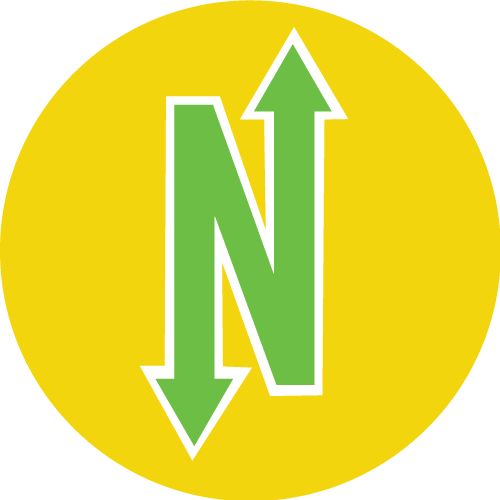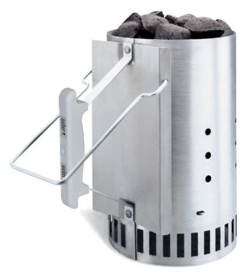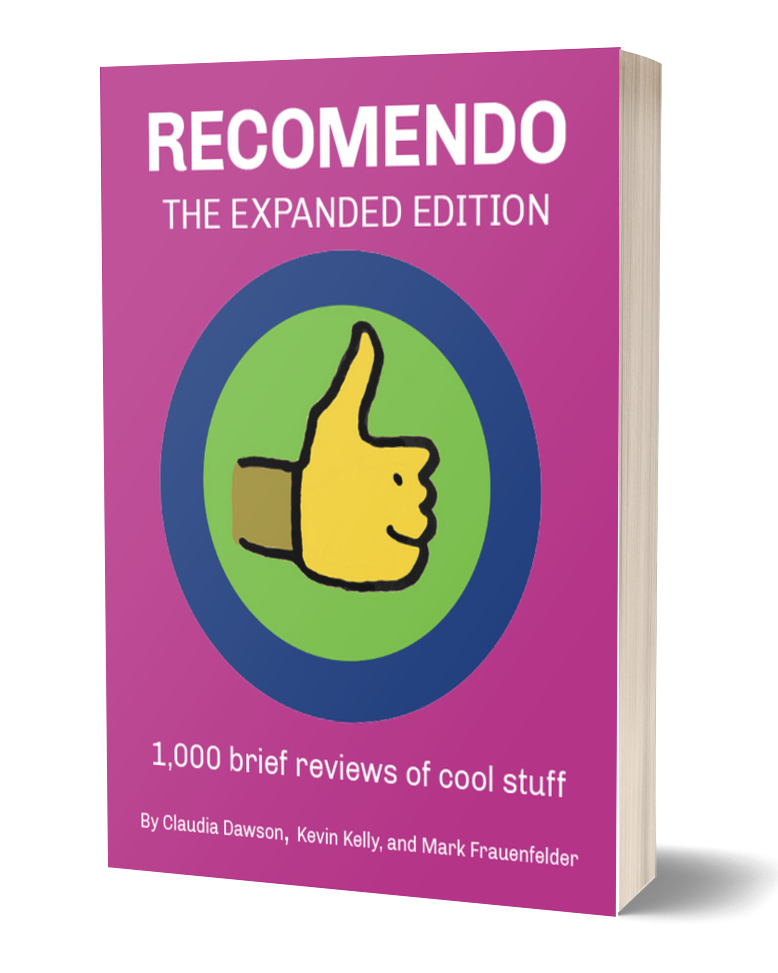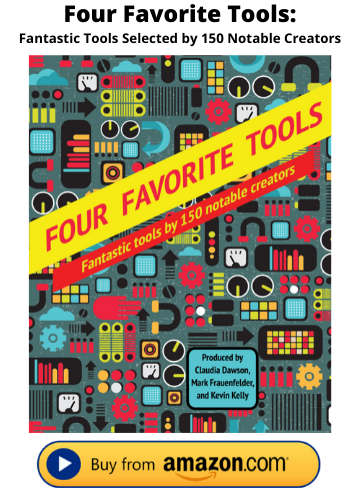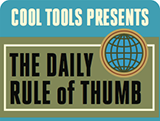07 December 2025
More Gifts
Recomendo - issue #491
Personalized rolling pin
Inexpensive laser engraving can produce personalized rolling pins which make great gifts. A pattern is etched into the wood so that it stamps the pattern on the dough before baking. Today on Etsy, you can get many folk patterns etched into rolling pins. Several years ago we got our daughter a rolling pin personalized with her name: it says “Homemade by Kaileen”. The roller is made in Poland and the crafts family is still going on Etsy. — KK
The ultimate free pass
Here’s a free gift to give yourself and your friends: a library card. Beyond books, it can give you free access to museums, zoos, gardens, events, streaming services, and more. This guide provides a state-by-state breakdown of what your library card gets you — from free NYC Culture Pass access to the Met and MoMA to vehicle passes for state parks to performing arts tickets. — MF
Rubber stamp art
Rubber stamps are fun for kids and adults. We make thank-you cards, holiday notes, border art, and mail art with small rubber stamps and colored ink pads. My favorite set of stamps is Stamp Bugs ($26), part of a series which includes Stamp Garden and Jingle Stamps. There are 25 wooden backed stamps holding parts of an insect like legs or antenna or wings, which you combine in infinite ways to make bugs, creatures, robots, or anything at all. The other sets give you additional parts and options, and any of them are perfect gifts. (The sets come without ink pads.) — KK
Quiet, Affordable Rock Tumbler
I bought this National Geographic Platinum Series Ultra Quiet Rock Polisher Kit as a gift for my husband last Christmas, but it ended up becoming a gift to myself. Over the past year, I took up rock hounding, and this kit included everything I needed to start my new hobby of rock tumbling. It’s one of the more affordable and genuinely “quiet” tumblers available for beginners. We keep it in the laundry room, and it’s quieter than our washer and dryer—which is ideal, since getting through a load of rocks requires the machine to run for a month straight. — CD
Laundry anywhere in minutes
The Scrubba Wash Bag is a 5.3-ounce hand-powered washing machine. Add water, soap, and a few items of clothing to the waterproof bag, seal it, and start rubbing. Rubber nodules inside the bag gently scrub the clothes. It folds to pocket size. Not as thorough as an actual washing machine, but better than hand-washing in a hotel sink. — MF
Deep-cleansing Facial Brush
For a thoughtful self-care gift, I recommend the FOREO LUNA 4 go Face Cleansing Brush & Firming Massager. I use mine daily. Its one-minute cleanse deeply exfoliates and softens my skin, and the gentle vibrations help me relax and feel refreshed, especially in the mornings. It’s smaller than the palm of my hand, and one charge lasts up to 300 uses—so it travels everywhere with me. Right now, it’s on sale on Amazon. — CD
Sign up here to get Recomendo a week early in your inbox.
12/7/2504 December 2025
Free Ski Passes/Free Japan Flights/Posture-fixing Shirt
Nomadico issue #182
Special Announcement: This Friday, any paid subscriber of Nomadico can join me and the legendary Kevin Kelly on a video call at 2:00 p.m. Eastern, 11 a.m. Pacific. If you’re not a paid supporter now, sign up before noon tomorrow and you’ll get an e-mail with the Zoom link.
Free Ski Passes From Alaska Airlines
Sometimes I see a news item and am shocked that it has never crossed my radar before. The latest is that if you fly on Alaska Airlines, some ski resorts will give you a free lift ticket. You have to click one by one on the listings on the airline’s page to figure out who’s in, plus it’s only good the day you arrive. Still, here are some enticing examples: Alyeska near Anchorage, Bogus Basin and Schweitzer in Idaho, and Steamboat Springs, CO (night skiing session). At a minimum, you’ll get rental equipment upgrades at the others listed and the airline says the list will expand as the weather gets colder and more places open.
A Shirt That Fixes Your Posture?
I get all kinds of wacky product pitches I ignore but when someone from Forme got in touch saying their golf shirt would improve my posture—received while I was hunched over my laptop reading 100 e-mails—I was intrigued. I’ve worn it around a bunch now, including on two travel trips, and it really does work. This polo shirt is constructed in a way that it pulls back on your shoulders, kind of like those strap devices you can buy but it’s fabric and built in. They also make sports bras and T-shirts. See more (and they’ve got a 20% sale going on this week) at Forme.science.
Free Domestic Flights in Japan (From Europe)
This offer has more than a few strings attached, but if you can get to the finish line, there’s a way to get free domestic flights within Japan this winter if you fly there from Europe on All Nippon Airways (ANA). The flight must originate in Europe and must be in economy, headed to Tokyo first, where you can stay for 24 hours max before taking off to a smaller city. These can be open-jaw tickets, meaning you could fly to one city, take a train, then return to Tokyo via another. If you manage to make this happen, let me know how you navigated it on their website!
Epic and Ikon Head to Europe
Sorry non-skiers, but another one about snow this week because it’s big news. The annual multi-resort Epic Pass and Ikon Pass are both cashing in on Americans waking up to the fact that it’s a much better value to ski in Europe than the USA and have added a bunch of resorts in the Alps. So if you have one of those passes, you’re not restricted to North America anymore. The Epic Pass now includes 34 resorts in Europe, with 6 new ones this year. The Ikon Pass has 23 in the Alps. They also have 11 and 9 in Asia, respectively, as well—mostly in Japan. If you’re ready to buy a pass to become an international flashpacker ski bum, see the details here. (And a quick reminder on the subject: this is the last week to join my trip to the mountains of Slovakia in late February.)
A weekly newsletter with four quick bites, edited by Tim Leffel, author of A Better Life for Half the Price and The World’s Cheapest Destinations. See past editions here, where your like-minded friends can subscribe and join you.
12/4/2503 December 2025
What’s in my NOW? — Bob Oken
issue #233
I am a technical field representative in the media data industry. I have tons of varied interests and generally prefer being in the outdoors. Stay active and stay curious. —Bob Oken
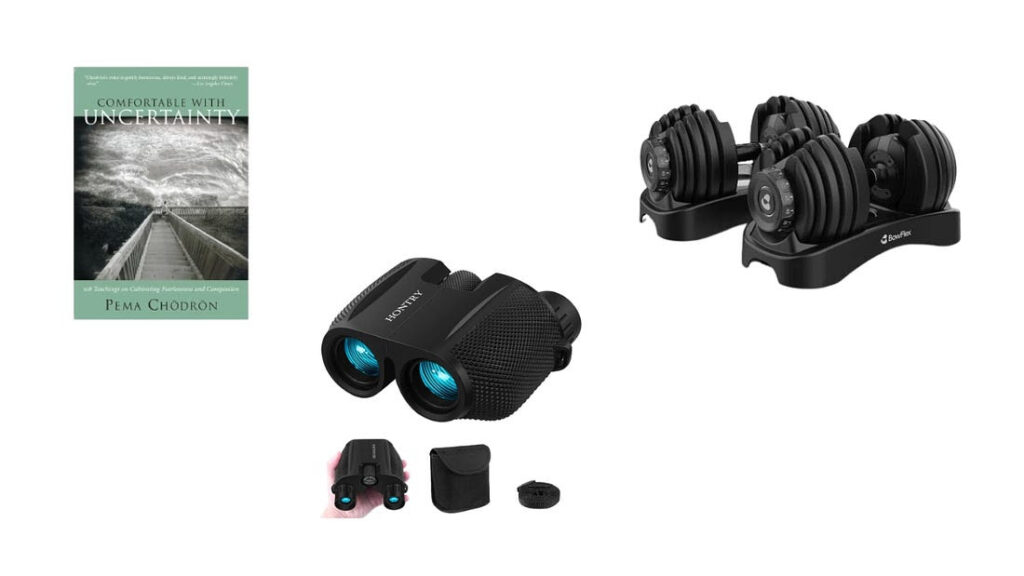
PHYSICAL
- Comfortable with Uncertainty by Pema Chodron – I treat this book as a daily devotional. I’m not a religious person but the act of reading one page per day and meditating on it is powerful and scratches my spiritual itch. Pema Chodron has written many books on meditation and mindfulness. Her writing is down to earth, conversational, and never ceases to make me think deeply.
- Mini Binoculars – I have two windows in my home office and I love to sit at my desk and use these mini binoculars to observe nature in my yard. You can certainly spend a lot more money on fancy binocs but these are inexpensive and do the job well.
- Bowflex 552 Adjustable Dumbbells – Staying fit and strength training have become big parts of my life as I have advanced into middle age. These dumbbells are easy to use, save a ton of space over traditional dumbbell sets and are well made. I’ve had them for years, use them 4 times weekly and they just keep on going.
DIGITAL
- Internet Archive – From their website, “Internet Archive is a non-profit library of millions of free texts, movies, software, music, websites, and more”. You can spend hours here discovering live music, old books, videos, you name it. And it’s all free. Kind of what we all wanted from the internet when it began.
- Perplexity Comet Browser – This is not just a browser, it’s also an AI assistant. It can do anything that Chrome, Edge or Safari can do but can also book a trip (including finding flights, hotels, etc.), browse your emails for specific information or give you recipe ideas for tonights dinner and order the ingredients for pick up from Wal Mart, etc. Perplexity is a great AI app and the integration to web browser/Ai Assistant just seems natural. It’s very new so it will only get better from here.
INVISIBLE
A lot of people prefer the comfort of a crowd to the responsibility of independent thought. — Shane Parrish
This quote is so appropriate to todays on line world. Shane Parrish is one of the most cogent thinkers around. His Sunday newsletter, Brain Food, bills itself to be a “signal in a world full of noise”. It truly is just that. There’s not a week that goes by where I don’t gain some insight from his critical thinking. He also has several great books and a fantastic podcast.
Sign up here to get What’s in my NOW? a week early in your inbox.
12/3/2502 December 2025
How to Pack for Any Trip / Infuse: Oil, Spirit, Water
Issue No. 94
HOW TO PACK FOR ANY TRIP IS LIKE A MARIE KONDO BOOK FOR TRAVELERS
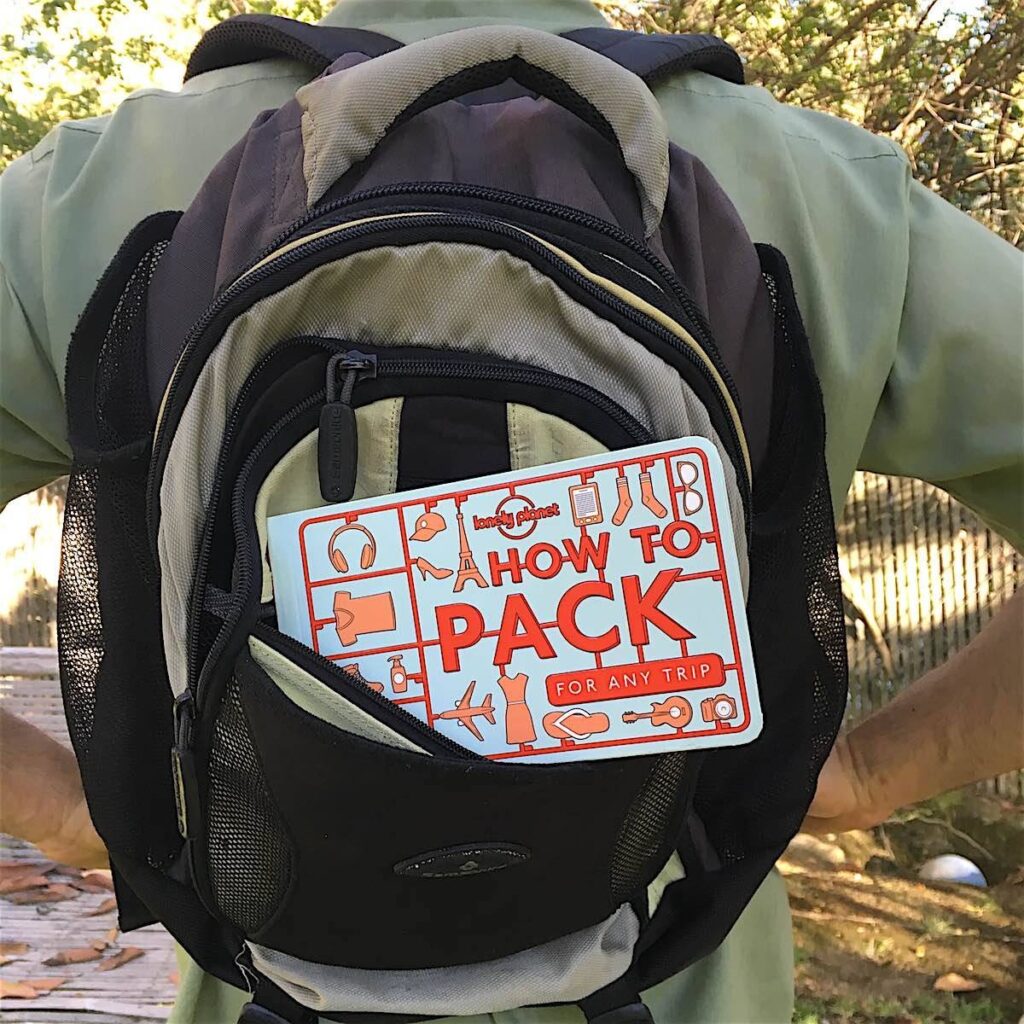
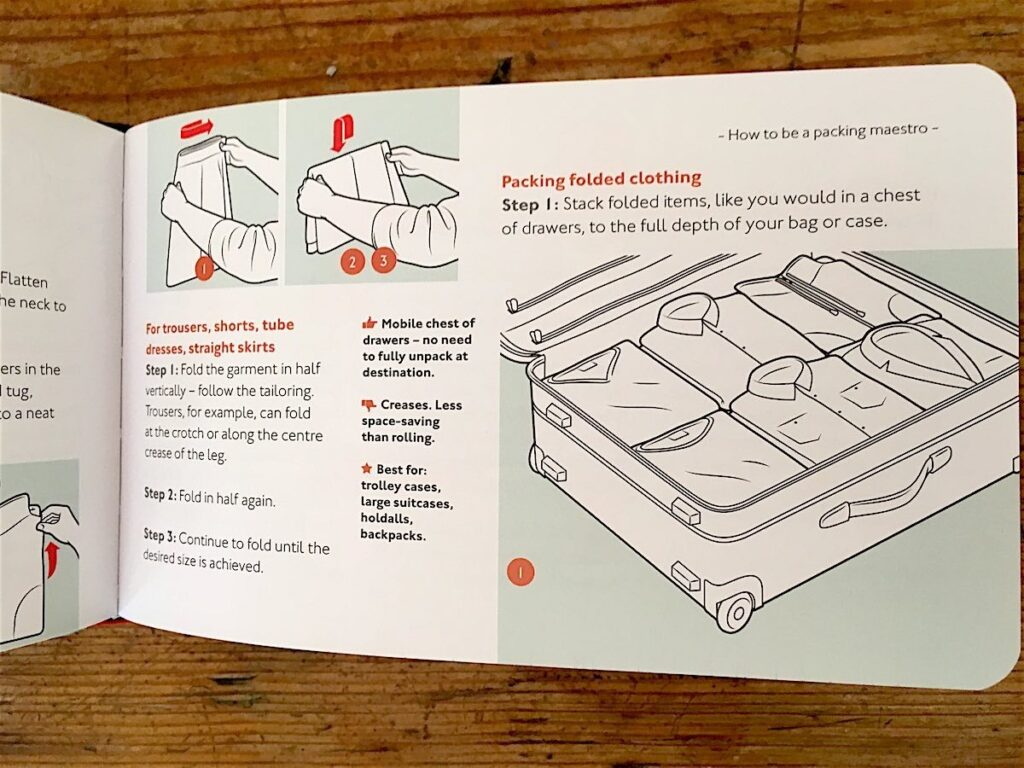

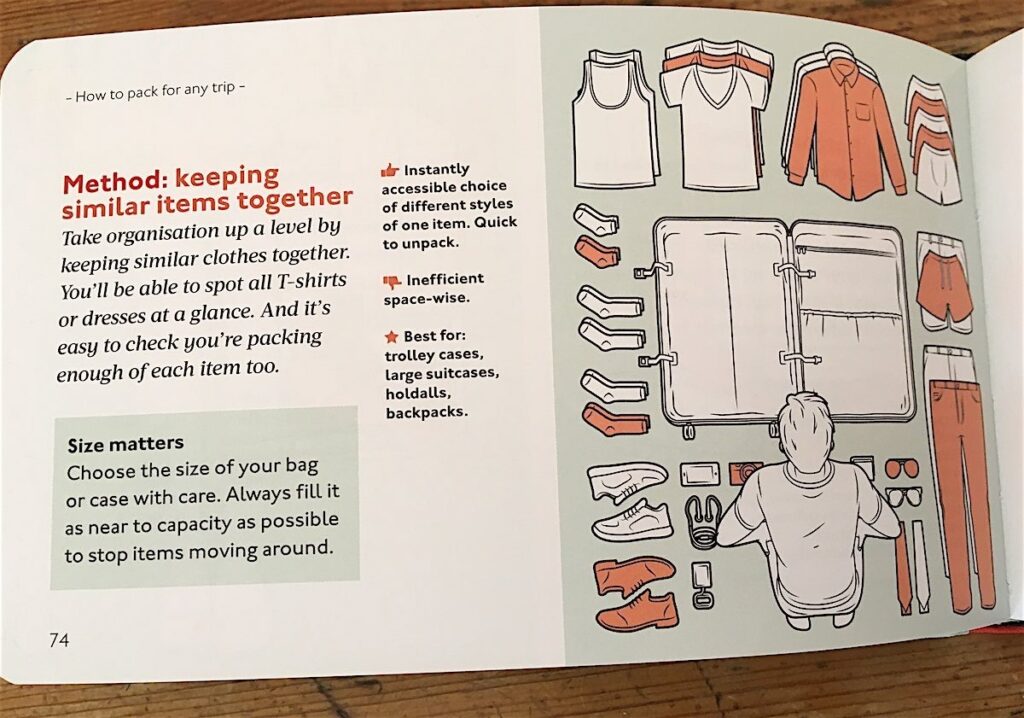


How to Pack for Any Trip
Lonely Planet
2016, 160 pages, 7 x 4.7 x 0.5 inches (softcover)
I’ve bought many a travel guidebooks from Lonely Planet before jumping on a plane, but this is the first I’ve seen from the adventure publisher that guides you before you leave the house. Reminding me of Marie Kondo and her magical ways of tidying up, How to Pack for Any Trip helps the traveler learn to pack efficiently and clutter-free. (The packing section even says, Kondo-style, that “the liberation of decluttering is magical.”)
With modern clean graphics, this pocket-size book (about the size of my wallet) teaches us how to choose our luggage, decide what to bring, pack lightly, fold – or roll up – our clothes, organize a backpack, and how to pack with kids. It also has a section on how to pack for different landscapes, such as large cities, the snow, campsites, beaches, the mountains, jungles, and deserts. Fun, useful, and just released last week, this book is a no-brainer for anyone planning to pack for a weekend trip or a month-long adventure. – Carla Sinclair
INFUSE: OIL, SPIRIT, WATER DEMYSTIFIES THE ART OF INFUSING


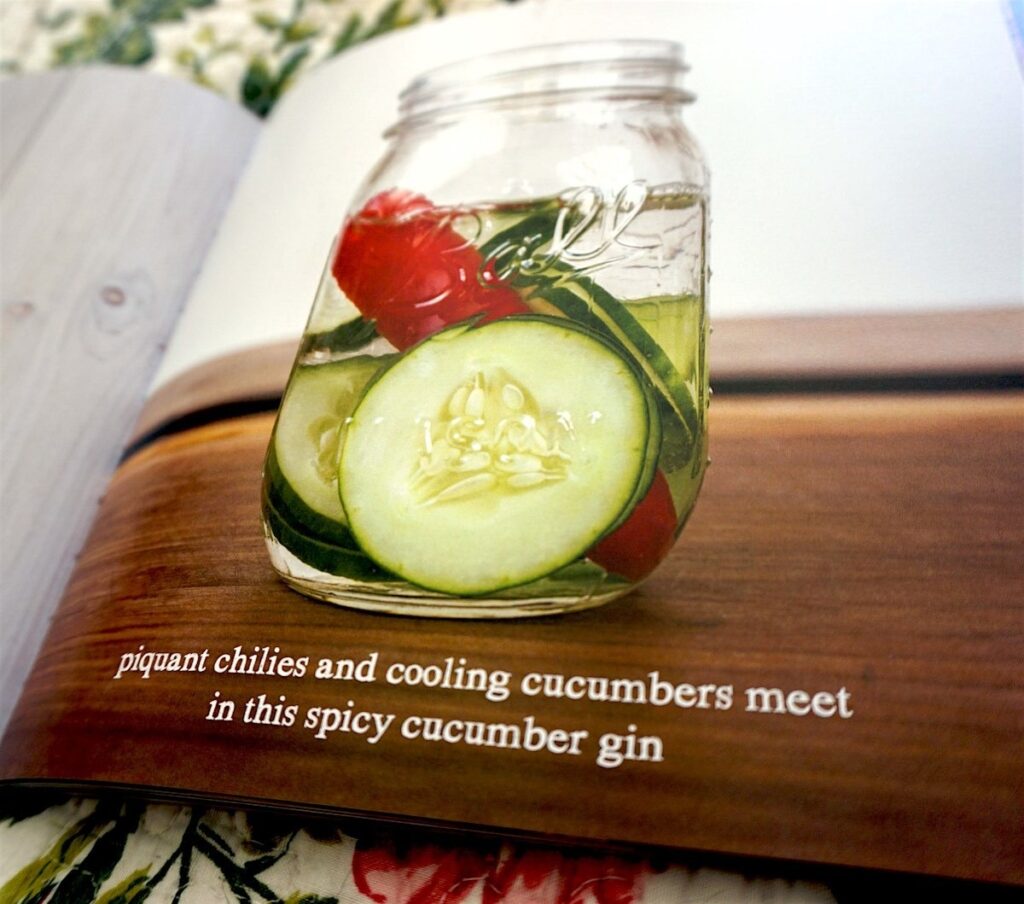




Infuse: Oil, Spirit, Water
by Eric Prum and Josh Williams
Clarkson Potter
2015, 176 pages, 8.5 x 8.6 x 0.6 inches (softcover)
To infuse a liquid is to place a flavoring agent such as herbs in it until it takes on the flavor of the agent. In Infuse: Oil, Spirit, Water, authors Prum and Williams demystify the art of infusing and show us how easy it is to create infusions. Simple prose, simple recipes, clear instructions and gorgeous photographs of the tools, ingredients and finished product will guide beginners in this art and inspire the experienced to experiment.
First make sure you have the tools: a muddler (good excuse to get one, or you can always use a pestle), sieve, cheese cloth and funnel, and of course containers – most any old jam jar will do, but recipes are tuned for mason jars, 8oz (cup), 16oz (pint) and 32oz (quart). Basically tools that most readers will have in their kitchen.
Divided into three sections using different liquids, readers start by learning how easy it is to make vinaigrette salad dressings – four parts oil, one part vinegar – and other infused oils. Prum and Williams also provide a few recipes to use the infused oils. They then move on to spirits and a few cocktail recipes to use them in, and finally to infused waters, which are great flavorful substitutes for sugary sodas and just perfect for warm weather. The book itself is not just beautiful but practical, with the pages actually sewn in so you can open the book and flatten it to the recipe you want. This book will hold up for many years to come. – Carolyn Koh
Books That Belong On Paper first appeared on the web as Wink Books and was edited by Carla Sinclair. Sign up here to get the issues a week early in your inbox.
12/2/2501 December 2025
Unexplained & Unusual
Tools for Possibilities: issue no. 166
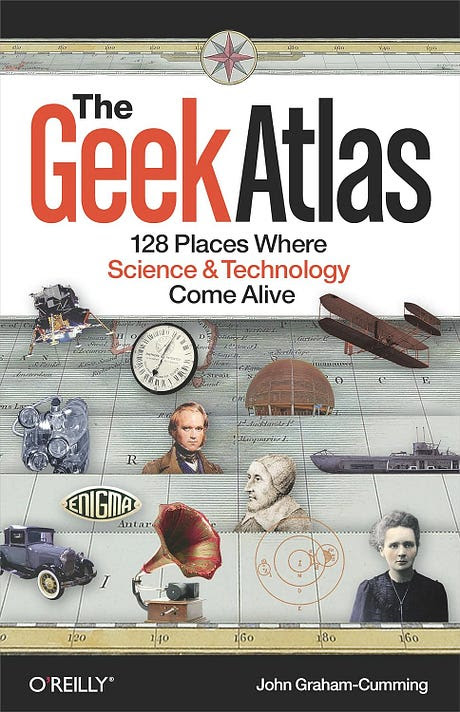
Science tourism hot spots
I am always looking for offbeat educational places to visit on my travels. The Geek Atlas has rounded up 128 great candidates from around the world. The Atlas calls them “places where science and technology come alive.” I think of these destinations as places that make you think. The possibilities run the gamut from birthplaces of famous inventors and scientists (yawn) to really cool tours of working technological systems (a nuclear power plant, a dam turbine, a solar furnace) to a spectrum of interesting but little known museums, to just cool places like the prime meridian. A lot of these destinations are in the US and UK, but a fair number hail elsewhere. In addition to a description of a destination, author Graham-Cumming writes up a page explaining the key concept behind each spot. I’ve visited a dozen of these science hot spots and they are well worth a short detour, or in some cases a trip just for the purpose. You could probably fill another volume of brainy tourist traps missed by this book: I predict a sequel. — KK

- Solucar PS10 Power Station, Sanlucar la Mayor, SpainThe tower is at the center of a field of heliostats (mirrors that track the movement of the Sun) that focus the bright Spanish sunlight onto a receiver near the tower’s top. The reflected sunlight is so intense that water vapor and dust in the air glow white. All that’s needed to complete the scene is a maniacal James Bond villain atop the tower.
This tower is at the center of the Solucar PS10 power station. At the top of the tower is a solar receiver that is heated by sunlight to create saturated steam at 257°C. The steam is then used to drive a turbine that generates electricity. Make sure you’re wearing sunglasses when you look up to the top; the tower’s brilliant white glow is very intense. - Taipei 101, Taipei, Taiwan
The 660-Tonne Golden Ball
The Taipei 101 is the tallest occupied building in the world, with 101 floors overlooking Taipei’s business district. But Taipei is prone to both typhoons and earthquakes, so the skyscraper contains a 660-tonne, gold-colored pendulum near the top to prevent the building from swaying and vibrating. It is the largest and heaviest such pendulum in the world.
Many skyscrapers contain such devices, called tuned mass dampers, for the same purpose, but the Taipei 101 pendulum is unusual because it is on public view. It hangs between the 87th and 91st floors, and there are public viewing areas on the 88th and 89th floors. It’s even visible from the restaurant and bar. Two other tuned mass dampers, located in the building’s pinnacle are not on display and are tiny by comparison: they weigh only 6 tonnes each.
The ball is made of forty-one 12.5-centimeter steel plates welded together for a total size of 5.5 meters. It is attached to the building by eight steel cables, each capable of supporting the ball’s entire weight. In normal use the ball can move up to 35 centimeters in any direction and cuts building vibration by 40%. In a major typhoon, the ball is designed to move up to 1.5 meters; hydraulic bumpers below the ball absorb its energy and prevent it from moving too far.
When the building sways in one direction, the ball opposes the movement by swinging the opposite way. The movement of the ball pushes (and pulls) on the hydraulic bumpers and causes them to heat up, absorbing the energy from the motion of the building. The pendulum is tuned by adjusting the length of the cables holding it. By changing the period of the pendulum (the time it takes to swing back and forth), it can be tuned to match the motion of the building.

- Nevada Test Site, NV
At the Nevada Test Site, more than 1,000 nuclear explosions were set off between 1951 and 1992. The site contains over 3,600 square kilometers of dry lake beds and mountains, about 100 kilometers northwest of Las Vegas. Once a month, the U.S. Department of Energy provides a free, day-long tour of the Nevada Test Site’s bomb craters, ground zeros, and test paraphernalia.
The tour covers around 400 kilometers of the nuclear explosion-pockmarked landscape: of the 1,021 nuclear explosions at the Nevada Test Site, only 126 occurred above ground; the rest were underground tests that left the site cratered. The largest crater of all, the Sedan Crater, is the highlight of the tour. It’s almost 400 meters wide and 100 meters deep.
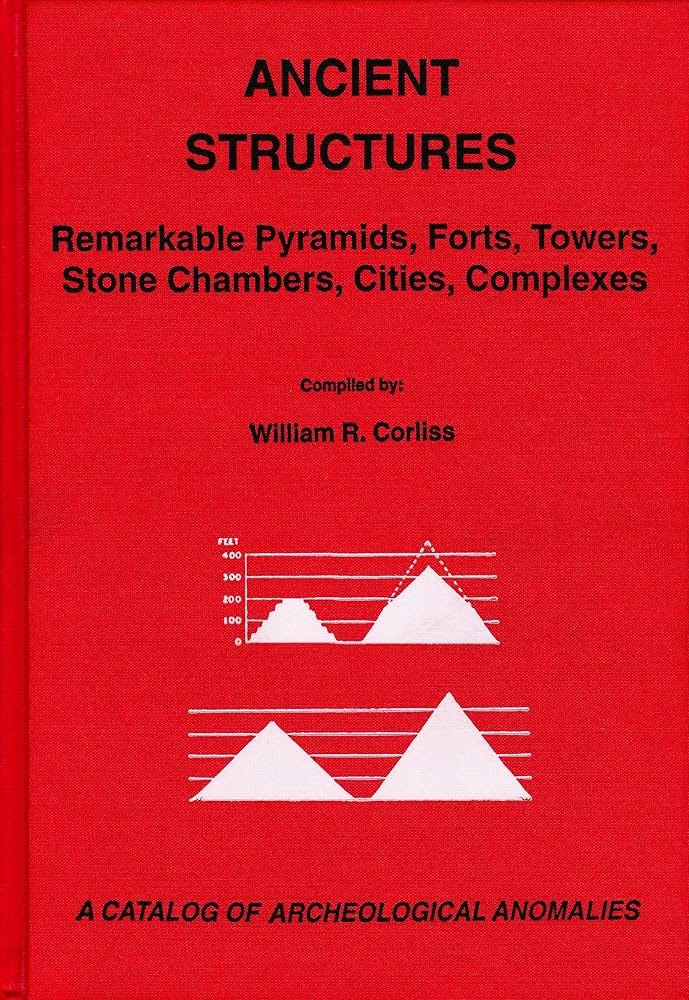
Database of Anomalies
Corliss Sourcebooks
Frequently, insight begins with an unexplained anomaly — a novel phenomenon which upon diligent pursuit leads to a new way of doing or understanding. On the other hand most anomalies are just that — unexplained exceptions of no lasting import. Telling the difference is what science is about. But first these odd things must be acknowledged, and better, documented. This is what the Sourcebook Project does. William Corliss, a maniacal archivist working alone has steadfastly cataloged all reported anomalies in biology, chemistry, geology, archeology, physics, and the atmosphere. He lists everything: ball lightening accounts, out of sequence fossils, ancient glass lenses, geological deposits where they shouldn’t be, weird ruins, musical sands, unexplained radioactivity, out of place historical artifacts, unusual ancient buildings, strange weather formations, and anything odd that has no easy explanation.
Corliss clips primarily from old scientific journals, expedition reports, and society proceedings. The observers have some credibility. The anomalies are presented without interpretation — that is up to you. The work can easily be appropriated by cranks (and has been) but it is equally useful to others searching for new science frontiers.
A few words from William James, reproduced on the title page of Anomalies in Geology:
“Round about the accredited and orderly facts of every science there ever floats a sort of dust-cloud of exceptional observations, of occurrences minute and irregular and seldom met with, which it always proves more easy to ignore than to attend to…. Anyone will renovate his science who will steadily look after the irregular phenomena. And when this science is renewed, its new formulas often have more of the voice of the exceptions in them than of what were supposed to be the rules.”
For most of us this remarkable series of volumes will be a constant source of wonder, amazement, and re-thinking. Because each observation is offered without explanation (“just the facts ma’am”) in such volume (thousands and thousands), one quickly realizes the extent of our ignorance. So far Corliss has compiled 34 volumes, all items indexed according to his classification scheme. Confusingly these volumes overlap, and it is not easy to determine which are the latest, but those in his “catalog” series seem to be the most recent.
Corliss adds 1,200 new reports a year, and has only published 40% of the material he has compiled. Obviously this Catalog of Anomalies should be on the web, as an open source project. But for now these amazing tomes are only in paper, self published by Corliss himself, available via Amazon. — KK

- The Laos Jars are mostly fashioned out of sandstone, although a few were laboriously carved from much harder red granite. Besides the 250 jars at Ban Ang, there are about 80 more at Lat Sen, 155 more at Ban Soua, 34 at Na Nong, and still more at Ban Hin, the latter group is made from red granite.
The natives in the areas where jars are located know nothing definite of their origin. It is customary to say the jars were made to celebrate a great military victory 1,500 yeas ago. Modern professional opinion is that they are funerary urns probably made more than 1,500 years ago.
From “Ancient Infrastructure: Remarkable Roads, Mines, Walls, Mounds, Stone Circles” - Blundellsands, England. June 5, 1902. “The evening was dull and grey, a strong northwesterly wind was blowing in from the sea and the tide was flowing in. In the distance we first saw smoke with frequent jets of fire bursting forth from the mud of a shallow canal. Drawing near, we perceived a strong sulphurous odour, and saw little flames of fire and heard a hissing sound as though a large quantity of phosphorous was being ignited. It was impossible to detect anything which caused the fire, only the water where the flames appeared had particles of a bluish hue floating on the surface. The area over which the tiny flames kept bursting forth was about 40 yards. A gentleman present stirred up the mud with his walking stick, and immediately large yellow flames nearly 2 feet in length and breadth burst forth. The phenomenon lasted some time, until the tide covered the part and quenched the fire.”
- August 17, 1876. Ringstead Bay, England. “Between 4 and 5 p.m. two ladies who were out on the cliff, saw surrounding them on all sides, and extending from a few inches above the surface to two or three feet overhead, numerous globes of light, the size of billiard balls, which were moving independently and vertically up and down, sometimes within a few inches of the observers, but always eluding the grasp; now gliding upwards two or three feet, and as slowly falling again, resembling in their movements soap bubbles floating in the air. The balls were all aglow, but not dazzling, with a soft, superb irridescence, rich and warm of hue, and each of variable tints, their charming colours brightening the extreme beauty of the scene. The subdued magnificence of this fascinating spectacle is described as baffling description. Their numbers were continually fluctuating; at times thousands of them enveloped the observers, and a few minutes afterwards the numbers would dwindle to perhaps as few as twenty, but soon they would be swarming again as numerous as ever. Not the slightest noise accompanied the display.
From “Lightning, Auroras, Nocturnal Lights, and Related Luminous Phenomena: A Catalog of Geophysical Anomalies”
Once a week we’ll send out a page from Cool Tools: A Catalog of Possibilities. The tools might be outdated or obsolete, and the links to them may or may not work. We present these vintage recommendations as is because the possibilities they inspire are new. Sign up here to get Tools for Possibilities a week early in your inbox.
12/1/2530 November 2025
Retro Recomendo: Holiday Gifts
Recomendo - issue #490
Our subscriber base has grown so much since we first started nine years ago, that most of you have missed all our earliest recommendations. The best of these are still valid and useful, so we’re trying out something new — Retro Recomendo. Once every 6 weeks, we’ll send out a throwback issue of evergreen recommendations focused on one theme from the past 9 years.
Lego portraits
A cool way to make an unusual gift is to render a portrait in Lego. I used a kit from BrickMe that turned a photo of my wife into 5,625 pixels, and then they supplied me with Lego tiles in 50 different colors. Using the map they also supply, I “painted” the image by applying the tiles in the manner of paint-by-numbers. I glued the final assembly onto plywood to hang in my studio. The procedure is well-designed, fun, with plenty of extra tiles. Mine was the small size at 24 x 24 inches (57 x 57 cm) for $126; they can go much bigger. (This Thanksgiving week they offer 20% off.) — KK
Rubber block printing
Did you ever make a linoleum wood-block print in school? I did, and cutting linoleum was a pain. It took a lot of energy and effort to even make a small design. Recently I returned to making woodcut prints and hand-carved stamps because I discovered the secret: instead of cutting either wood or linoleum, I carve on a sheet of firm rubber, which cuts like butter. Speedball, the legendary company making carving tools, produces their own Speedy-Carve Blocks which have the consistency of a pencil eraser. Many other generic manufacturers in China offer these soft carving sheets, too. Now, making a block print is quick and enjoyable. — KK
Blessing Cards
I use these Blessing Cards as a tool for setting positive intentions for the day. The deck contains 210 two-inch cards, each featuring a unique word that serves as a catalyst to guide or bring meaning to your day. Some recent draws include: Yielding, Synchronicity, Excellence, Delight, Creativity, Openness, Unknown, and Trust. I prefer to draw two cards at a time, which adds an extra layer of meaning. These cards have only benefited my life, inspiring gratitude, courage, closeness, and helping to free me from rigid thinking. — CD
Infinity Pillow
My friend gifted me this infinity travel pillow, and while I haven’t traveled with it yet, I use it daily. It’s super snuggly and soft, and no matter how I wrap it around myself, I feel supported and comfy. In bed, when I hug it and tangle my arms into it, I drift off to sleep faster. It’s definitely worthy of being called an emotional support pillow. — CD
Purse hook for tables
After one too many purses sliding off restaurant chairs onto grimy floors or taking up table space, my wife started carrying this clever folding hook in her purse. It magnetically collapses to the size of a silver dollar but unfolds to securely hang bags from any table edge. — MF
Very lightweight travel umbrella
I was glad I kept this super-lightweight A.Brolly Tube umbrella in my backpack while I was in rainy New York last week. It was so light (3 ounces) and small (8-inches unopened) that I forgot about having it until I needed it. It uses carbon fiber instead of steel for the ribs. — MF
Sign up here to get Recomendo a week early in your inbox.
11/30/25ALL REVIEWS
 11/21/25
11/21/25
Gar’s Tips & Tools – Issue #206
Access to tools, techniques, and shop tales from the diverse worlds of DIY
EDITOR'S FAVORITES
COOL TOOLS SHOW PODCAST
WHAT'S IN MY BAG?
03 December 2025

ABOUT COOL TOOLS
Cool Tools is a web site which recommends the best/cheapest tools available. Tools are defined broadly as anything that can be useful. This includes hand tools, machines, books, software, gadgets, websites, maps, and even ideas. All reviews are positive raves written by real users. We don’t bother with negative reviews because our intent is to only offer the best.
One new tool is posted each weekday. Cool Tools does NOT sell anything. The site provides prices and convenient sources for readers to purchase items.
When Amazon.com is listed as a source (which it often is because of its prices and convenience) Cool Tools receives a fractional fee from Amazon if items are purchased at Amazon on that visit. Cool Tools also earns revenue from Google ads, although we have no foreknowledge nor much control of which ads will appear.
We recently posted a short history of Cool Tools which included current stats as of April 2008. This explains both the genesis of this site, and the tools we use to operate it.

